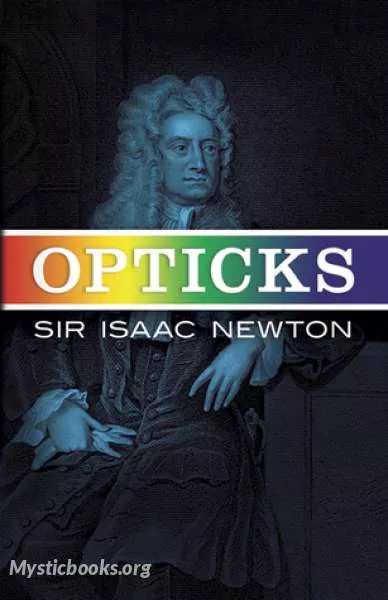
Opticks
by Isaac Newton
'Opticks' Summary
The publication of Opticks represented a major contribution to science, different from but in some ways rivalling the Principia. Opticks is largely a record of experiments and the deductions made from them, covering a wide range of topics in what was later to be known as physical optics. That is, this work is not a geometric discussion of catoptrics or dioptrics, the traditional subjects of reflection of light by mirrors of different shapes and the exploration of how light is "bent" as it passes from one medium, such as air, into another, such as water or glass. Rather, the Opticks is a study of the nature of light and colour and the various phenomena of diffraction, which Newton called the "inflexion" of light.
In this book Newton sets forth in full his experiments, first reported to the Royal Society of London in 1672, on dispersion, or the separation of light into a spectrum of its component colours. He demonstrates how the appearance of color arises from selective absorption, reflection, or transmission of the various component parts of the incident light.
The major significance of Newton's work is that it overturned the dogma, attributed to Aristotle or Theophrastus and accepted by scholars in Newton's time, that "pure" light (such as the light attributed to the Sun) is fundamentally white or colourless, and is altered into color by mixture with darkness caused by interactions with matter. Newton showed just the opposite was true: light is composed of different spectral hues (he describes seven — red, orange, yellow, green, blue, indigo and violet), and all colours, including white, are formed by various mixtures of these hues. He demonstrates that color arises from a physical property of light — each hue is refracted at a characteristic angle by a prism or lens — but he clearly states that color is a sensation within the mind and not an inherent property of material objects or of light itself. For example, he demonstrates that a red violet (magenta) color can be mixed by overlapping the red and violet ends of two spectra, although this color does not appear in the spectrum and therefore is not a "color of light". By connecting the red and violet ends of the spectrum, he organised all colours as a color circle that both quantitatively predicts color mixtures and qualitatively describes the perceived similarity among hues.
Newton's contribution to prismatic dispersion was the first to outline multiple-prism arrays. Multiple-prism configurations, as beam expanders, became central to the design of the tunable laser more than 275 years later and set the stage for the development of the multiple-prism dispersion theory.
Book Details
Language
EnglishOriginal Language
EnglishPublished In
1704Authors

Isaac Newton
United Kingdom
Sir Isaac Newton was an English mathematician, physicist, astronomer, theologian, and author (described in his time as a "natural philosopher") who is widely recognised as one of the greatest mathemat...
Books by Isaac NewtonDownload eBooks
Listen/Download Audiobook
- Select Speed
Related books
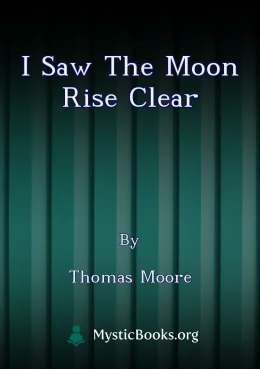
I Saw the Moon Rise Clear by Thomas Moore
“I Saw the Moon Rise Clear” is a collection of Thomas Moore's poetry, showcasing his lyrical and romantic style, known for its evocative imagery and t...
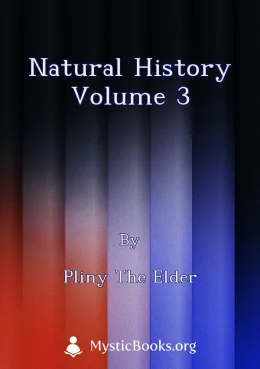
Natural History Volume 3 by Pliny the Elder
Pliny the Elder's *Natural History* Volume 3 focuses on the natural world, specifically delving into the intricate details of insects, trees, and frui...
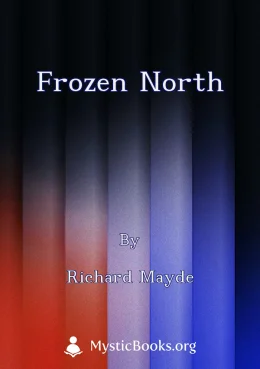
Frozen North by Richard Mayde
Frozen North provides a glimpse into the vast and unforgiving arctic environment. The book explores the challenges faced by those who inhabit these re...
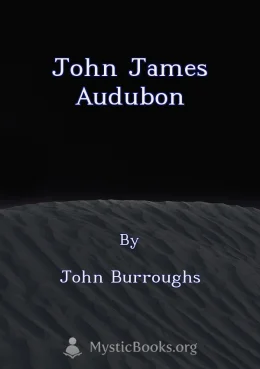
John James Audubon by John Burroughs
Audubon's life naturally divides itself into three periods: his youth, which was on the whole a gay and happy one, and which lasted till the time of h...

Magic House, and Other Poems by Duncan Campbell Scott
This collection of poems, written by the Canadian poet Duncan Campbell Scott, explores a range of themes inspired by the natural world, personal exper...
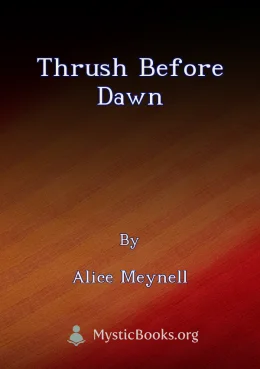
Thrush Before Dawn by Alice Meynell
LibriVox volunteers bring you 12 different recordings of A Thrush Before Dawn by Alice Meynell. This was the weekly poetry project for the week of Jun...
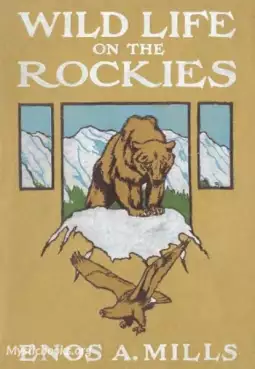
Wild Life on the Rockies by Enos Abijah Mills
"This book contains the record of a few of the many happy days and novel experiences which I have had in the wilds. For more than twenty years it has...

Birds and Nature, Vol. XI, No 1, January 1902 by Various
This volume of "Birds and Nature" is a compilation of short poems, anecdotes, and detailed descriptions of birds, animals, and other natural subjects,...
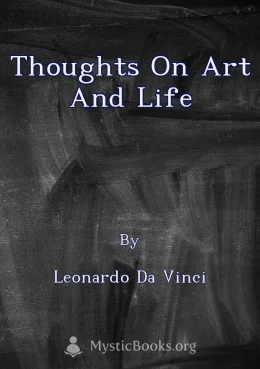
Thoughts on Art and Life by Leonardo da Vinci
This compilation, translated by Maurice Baring and edited by Lewis Einstein, offers a glimpse into the multifaceted mind of Leonardo da Vinci. It pre...

The National Geographic Magazine Vol. 01 by National Geographic Society
National Geographic (formerly the National Geographic Magazine, sometimes branded as NAT GEO) is the long-lived official monthly magazine of the Natio...
Reviews for Opticks
No reviews posted or approved, yet...